I’ve been reflecting a lot on birth choices, the ways external voices influence a mother’s decisions, and how we, as birth workers, can truly support women in owning their experiences. At the core of this is a question that keeps resurfacing: What do we actually know about birth, and where do we just think we know?
The Home vs. Hospital Debate Is a Distraction
For years, the birth world has been caught up in a debate about whether home or hospital is the “right” place to give birth. But after attending births in both settings, I find this conversation increasingly outdated.
Yes, location matters—it shapes the environment, the interventions available, and the level of autonomy a woman might feel she has. But at the end of the day, birth is birth. I’ve seen women have incredible, undisturbed, powerful births in hospitals. I’ve also seen home births unravel under stress, fear, or uncertainty. The real issue isn’t where birth happens—it’s the culture of birth, the education that precedes it, and the policies that dictate what is and isn’t “allowed.”
We could spend the next 50 years arguing about statistics—home birth is just as safe (if not safer!), hospitals have higher intervention rates, home birth has X risk but lower Y risk, etc.—but none of that gets to the heart of the problem. The reality is, if we could shift the culture around birth, if we could create environments that honor physiological birth and true informed consent, then birth could happen anywhere safely (or as safe as birth gets).
Instead of home vs. hospital, we should be asking: How do we create a world where women feel connected to their power and their voice, and then feel truly supported in their choices?
The Problem with Fetal Monitoring
This brings me to another topic I’ve been deep in thought about and students brought up for conversation on our Indie Birth school call this week: fetal monitoring.
For decades, we’ve been taught that fetal heart tones tell us something definitive about a baby’s well-being. That late decelerations mean distress. That certain variations in heart rate indicate a need for intervention. But do they?
After diving into the research more deeply in 2018, I was actually not surprised by how little correlation there actually is between fetal monitoring and neonatal outcomes. This felt clear from my own experiences at births and the intuitive sense that A does not always equal B when it comes to the data we collect via doppler in labor. A huge percentage of babies delivered by emergency C-section for “fetal distress” are born perfectly fine. Meanwhile, some babies who appear stable on monitors end up in true distress at birth. Fetal heart tone information simply isn’t reliable, and yet it continues to be the primary justification for countless interventions.
I once attended a birth where the baby’s heart tones sounded totally normal until pushing, and then they became normal again after repositioning, and then the last five minutes as the baby came under the pubic bone I couldn’t find them at all (which is pretty normal). By the time the baby was born, there was no heartbeat at all. No amount of monitoring could have predicted this. On the flip side, I’ve also seen babies whose heart rates dipped in ways that would send an OB into a panic, only to be born completely healthy.
So what are we actually doing with this information? If the primary purpose of fetal monitoring is just to confirm that there is a heartbeat, then why are we listening every 30 minutes? Mothers can report normal fetal movements throughout labor that confirm a baby is alive and well. Why are we obsessing over numbers that might not mean what we think they mean?
I don’t have the perfect answer. But I do think we need to be having this conversation. We need to be asking ourselves: Are we actually making birth safer with all this monitoring, or are we just adding another layer of fear and intervention?
Reimagining Birth 200 Years from Now
This brings me to something I’ve been making more space to dream about: what if we could completely reimagine birth? Like start over from scratch.
If everything went right—if we built a system that fully honored and respected birth—what would it look like?
– Birth sanctuaries in every neighborhood – within waking distance or public transportation distance and integrated into everyday life, with prenatal and postpartum retreats that actually support families.
– Tons of birth workers – plentiful resources and support so that there was truly a midwife for every woman.
– A world where women are raised with full knowledge of their fertility, their power, and their ability to birth without fear.
– A society that values birth so deeply that extensive postpartum care is a given.
– Technology that actually supports birth—something that can non-invasively track a baby’s well-being without interfering with the process.
– Or, maybe, no technology at all. Just women who are deeply connected to their own bodies and their babies, able to communicate intuitively in ways we’ve forgotten.
This isn’t just wishful thinking. The birth world is stuck in the same conversations it’s been having for decades. But what if we broke out of those patterns? What if we allowed ourselves to imagine something completely new?
Birth is bigger than our institutions, our machines, and our policies. When we hold space for women to step into their power—when we educate, when we support, when we remind them that they are the ones in charge—that’s when real change happens.
So let’s keep asking the hard questions. Let’s keep holding the vision. And let’s keep pushing for a future where birth belongs to women, exactly as it always should have.
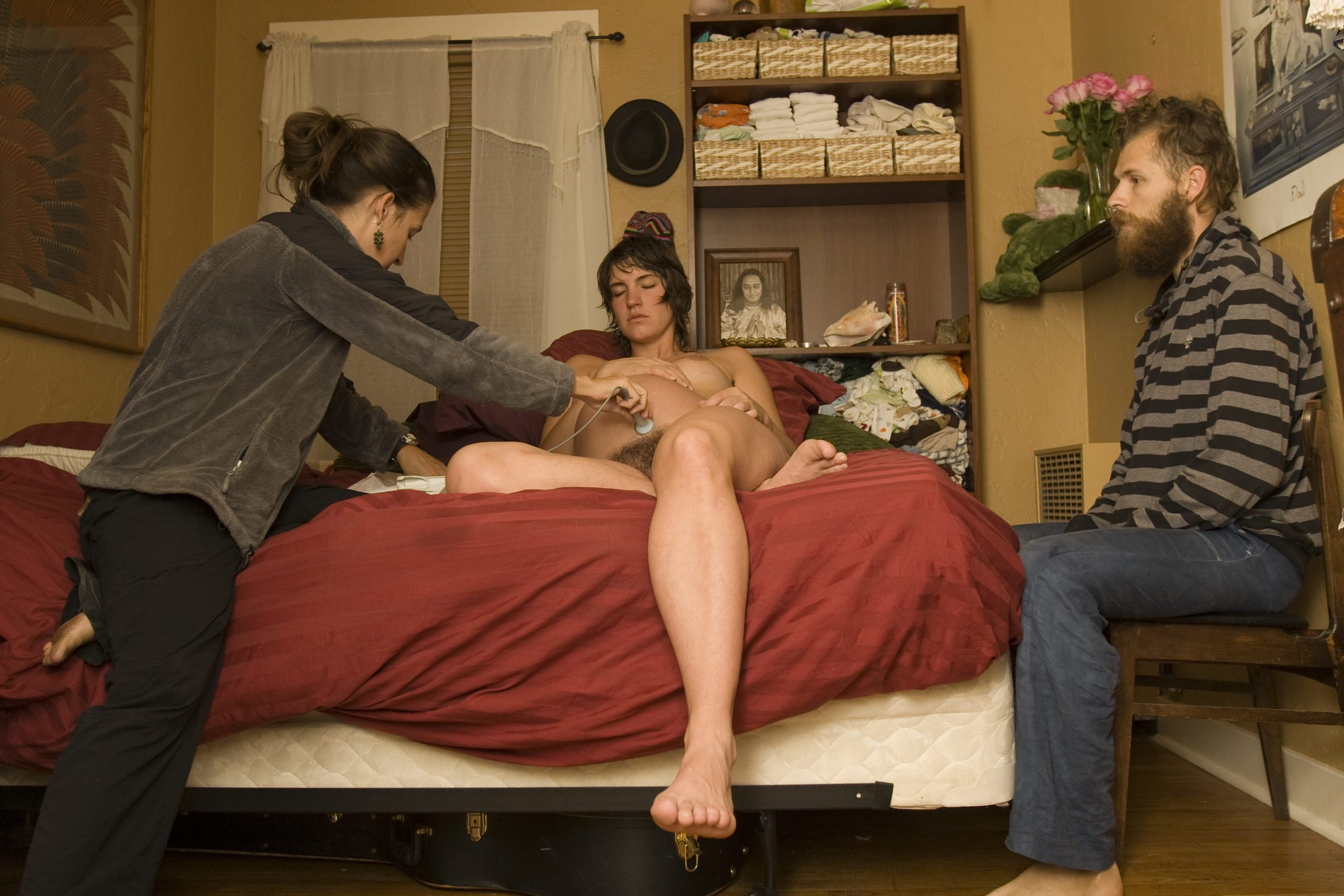
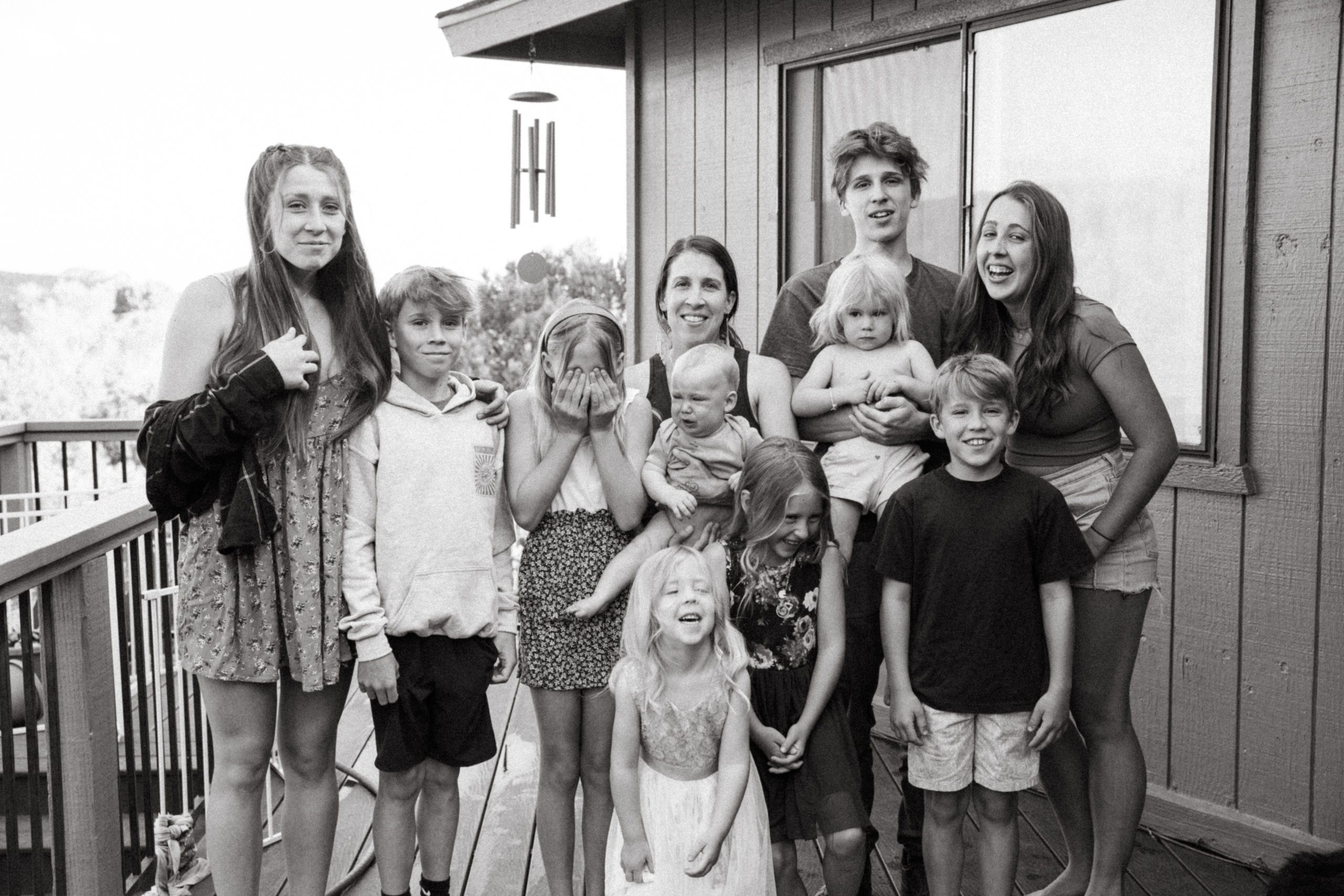
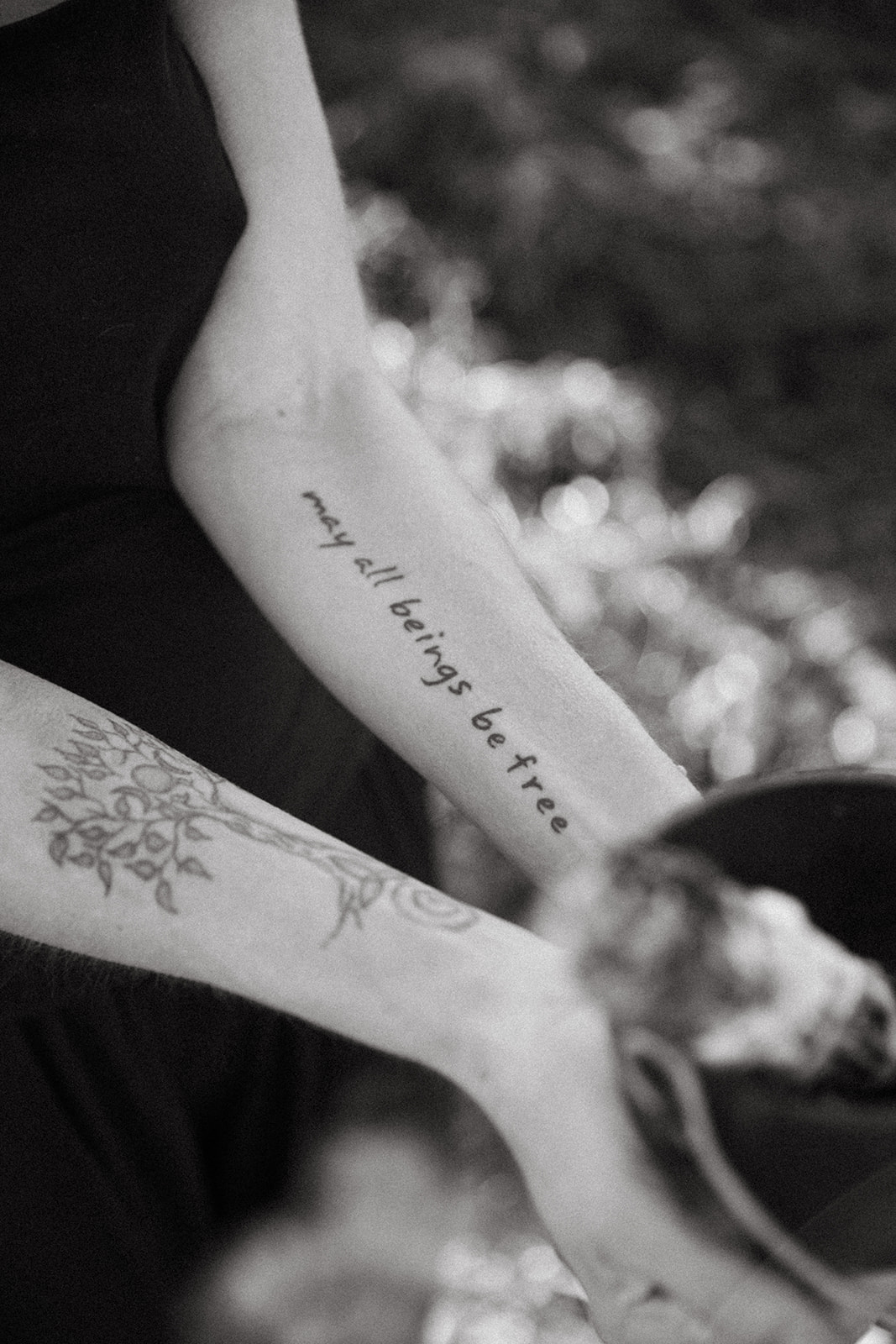
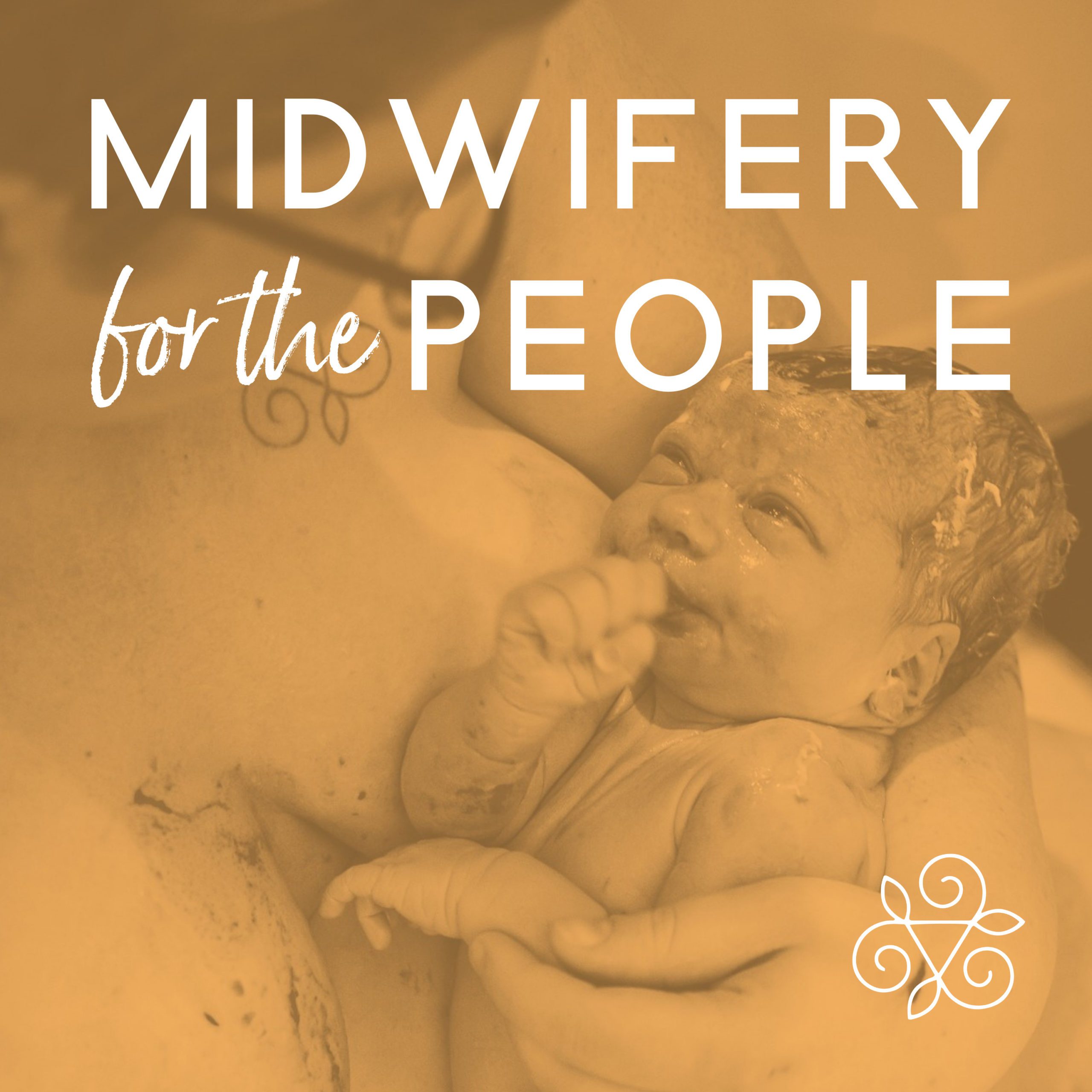
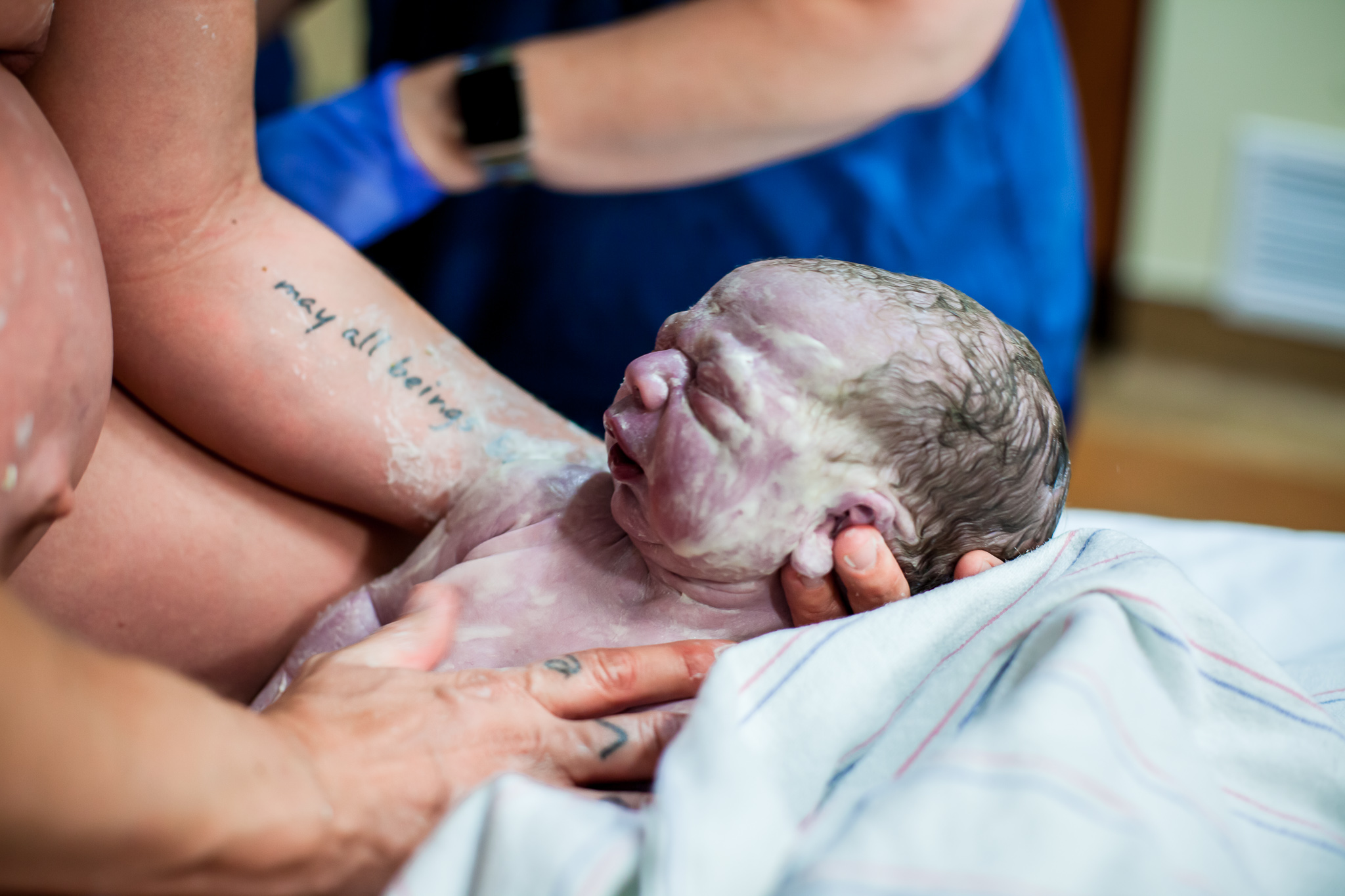
+ show Comments
- Hide Comments
add a comment